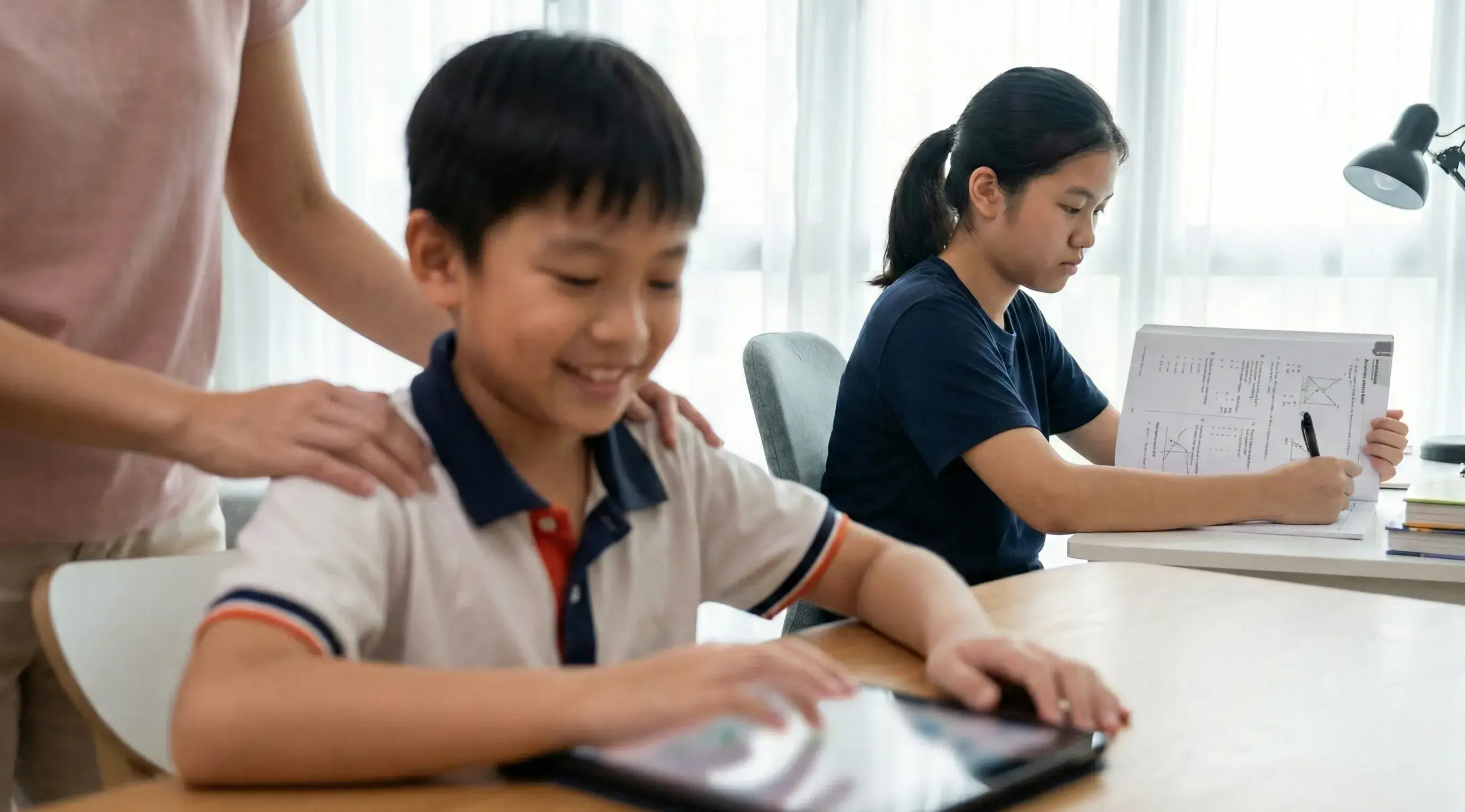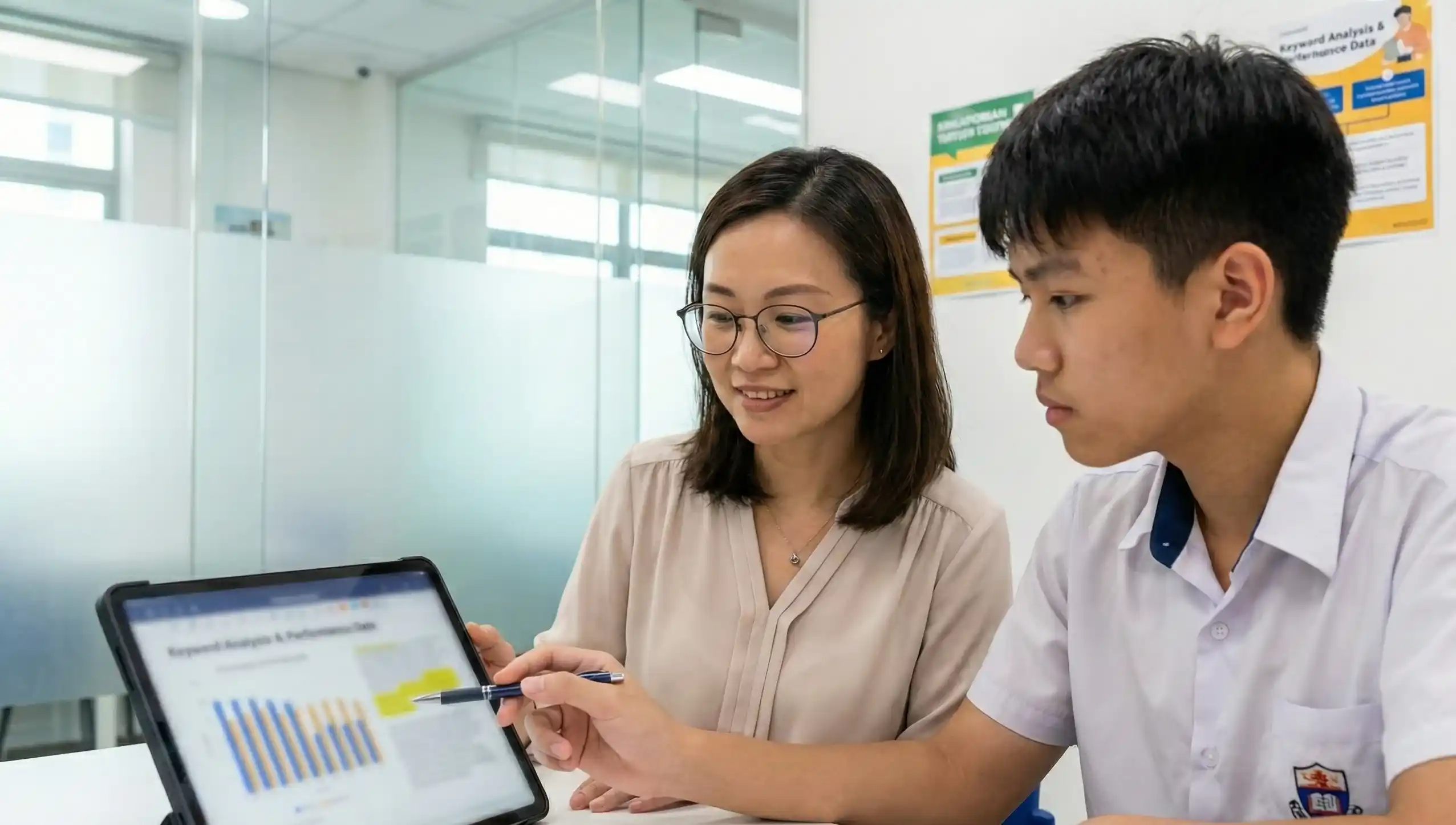6 Advantages of online learning in a digital classroom

Imagine attending school in the comfort of your own home. You open up your laptop to receive the day’s lessons in the morning, before taking a break and having lunch. Afterwards, you return to your desk and start doing your homework on an online platform, which gets marked almost instantly, with a full explanation of the answers. Satisfied, you send a message to your friends to arrange for a group studying session online for the remainder of the school day.
It might sound like something from the future, but make no mistake: the digital classroom is already here, and it could be a game changer in the field of education.
What is a digital classroom?
A digital classroom is simply one that is tech-enabled, i.e. fully immersed in technology and other digital tools. These include educational apps, websites, online worksheets, visual aids, media channels, and other forms of Information and Communication Technology (ICT). Digital classrooms are sometimes also called smart classrooms or flipped classrooms.
Given that the concept of digital classrooms is relatively new, there has been some scepticism as to its effectiveness, most of it centred around its excessive reliance on electronic devices. As they are most often associated with leisure activities and entertainment, some parents worry that this method of learning might be too inefficient.
Although this might be the case for some students who would be better suited for a traditional classroom setting, the fact remains that digital classrooms and online learning offer too many unique benefits to be disregarded.
Advantages of Online Learning in a Digital Classroom
1: Interactivity
In a digital classroom, the process of learning and teaching is highly interactive. Students don’t just absorb information. They interact with the lesson in front of them. They answer questions, share regular feedback, and there's proof of understanding at various stages. Additionally, visual aids are far easier to incorporate in digital classrooms. An audio-visual approach to learning also accelerates the learning process. This element of interactivity makes digital classroom management more effortless.
2: Attention to detail and better understanding
The course content is often presented online in a very consumable form. At the same time, students pay attention to every detail shared in digital classroom presentations because there are assessments like short quizzes after every module or so. Personalised worksheets can also ramp up students’ comprehension of the subjects.
3: Linguistic skills and soft skills
A positive side effect of learning in a digital classroom that comprises live and pre-recorded lectures and online course content is that students pick up on the nuances of language more readily, such as pronunciation, grammar and vocabulary. They also get better at written communication over time due to sheer necessity. The lesson plans within online learning also help inculcate critical thinking, creativity, and communication skills. Online learning can therefore help boost their language skills.
4: Round-the-clock learning
Outside of live learning sessions, the resources for learning are largely made available online on a perpetual basis. This means that the students can learn at any time suitable for them - a blessing for sure, especially if a student is used to studying in the calmness of night.
It’s also worth noting that in an e-learning environment, students have the flexibility to enhance their knowledge through external resources not necessarily provided by the school or course.
5: Tracking Progress
As digital classrooms employ computers and technology to disseminate lessons and worksheets, they are also able to keep extensive track of the study progress of children; teachers can immediately determine how much a child scored in a quiz or how long they spent on a lesson simply by accessing the same platform. Such information is helpful both for the students and the teachers for future planning.
6: True personalised learning
With the sheer flexibility of how students learn in a digital classroom, they are empowered to surpass the limitations of the 'one-size-fits-all' approach of traditional learning and develop a regime that suits them perfectly. Although Personalisation and customisation in learning is still an emerging concept in schools, cultivating this particular mindset in students can supercharge the process of knowledge delivery and acquisition, making this the most important benefit of all.
If you’re interested in learning more about concrete examples of online learning through digital classrooms, look no further than Geniebook’s overview of their products and how we help students to learn smarter and do better in their studies. Otherwise, have a look at our articles about the concepts of personalised learning and self-directed learning.
 SG
SG  VN
VN 














